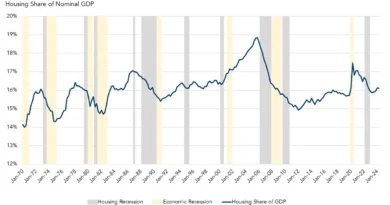Combining Ancient Principles into Urban Planning to Combat Floods
As climate patterns become increasingly unpredictable, with predictions of a 25% increase in winter rainfall and doubled flash flood warnings by 2070, the urgency for innovative urban planning solutions has never been greater. Current infrastructure, heavily reliant on impermeable surfaces, exacerbates runoff and flooding, putting around 600,000 homes and businesses at risk. The “sponge city” concept, championed by landscape architect Yu Kongjian, advocates for integrating natural elements into urban designs to mitigate flooding. This approach encourages the use of green spaces, gardens, and permeable surfaces to absorb rainwater and slow its movement, thus reducing pressure on aging drainage systems.
Professional stakeholders in the homebuilding and development sectors should consider the practical applications of sustainable urban drainage systems (SUDs), as they are pivotal in adapting cities to the challenges posed by climate change. Projects like those underway in Hull demonstrate how effective planning—using swales and green infrastructure—can direct water efficiently through urban areas and prevent pollution from combined sewer overflows. Emphasizing the development of permeable, nature-based solutions not only enhances urban resilience but also offers significant benefits in reducing flood risk and improving water quality, making them critical for sustainable future developments.




